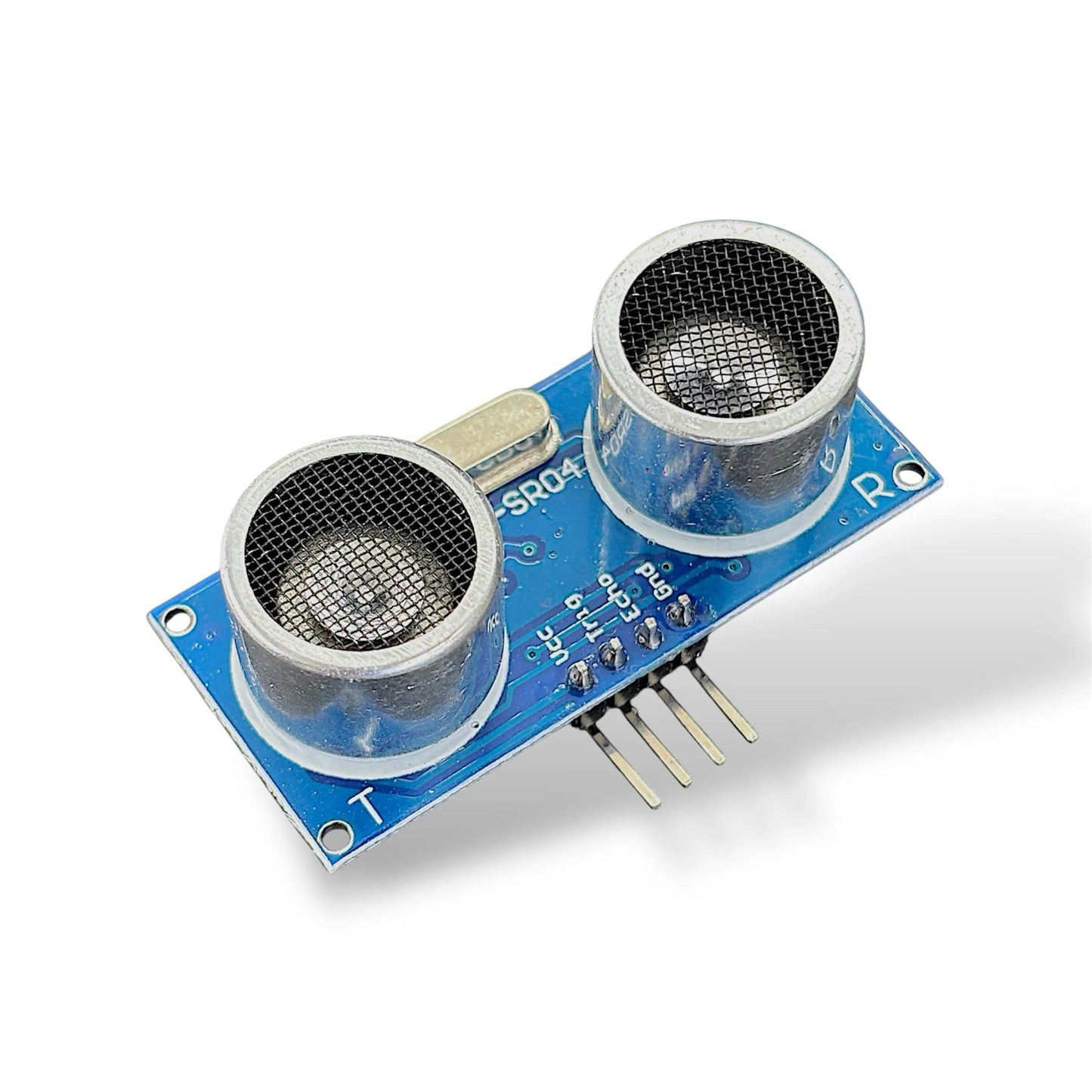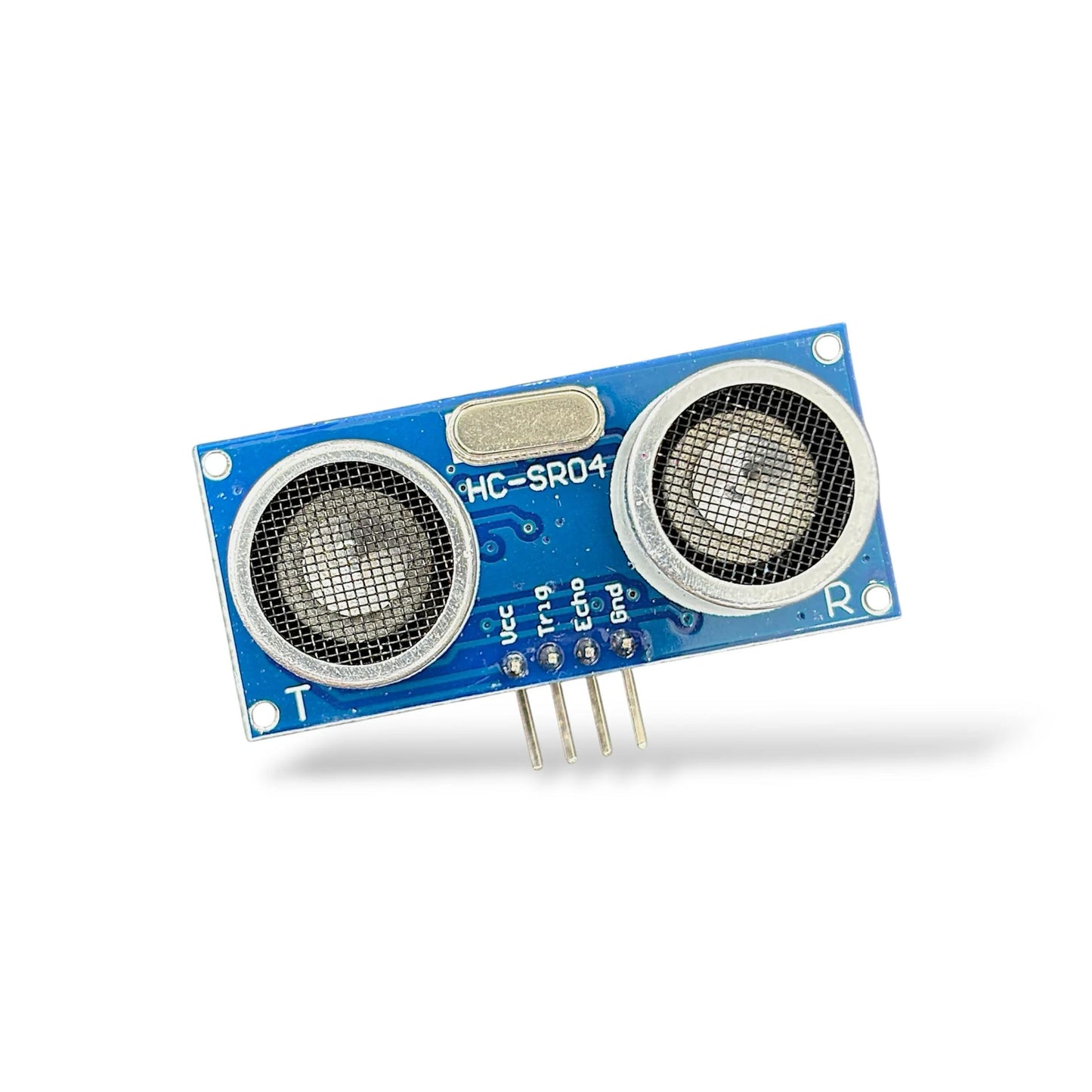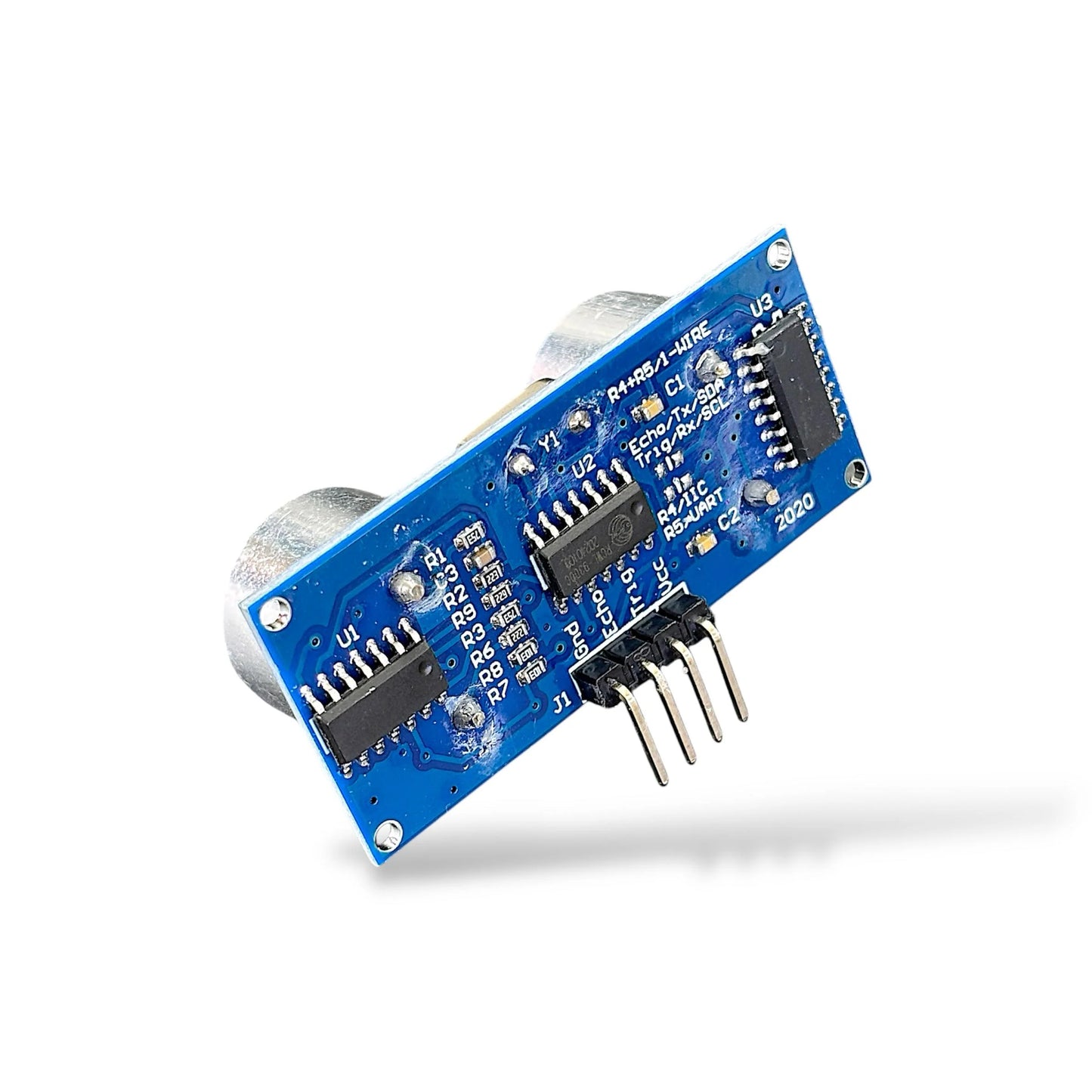Harish Projects
Ultrasonic Sensor | Distance Sensor Module
Ultrasonic Sensor | Distance Sensor Module
Couldn't load pickup availability
Share
Specification
- Operating voltage: 3-5V
- Detection range: 5 Meter
- Operating frequency: kHz
- Response time: Milliseconds
Description
The technical specifications of an ultrasonic sensor module can vary depending on its manufacturer and model, but here are some common specifications that are often provided:
1. Operating voltage: The voltage range required to power the sensor module. It is usually specified in volts, such as 5V or 12V.
2. Current consumption: The amount of current that the sensor module draws from the power source. It is usually specified in milliamps (mA).
3. Detection range: The maximum distance at which the ultrasonic sensor module can detect an object. It is usually specified in meters or feet.
4. Detection angle: The angle of the cone-shaped area within which the ultrasonic sensor module can detect objects. It is usually specified in degrees.
5. Operating frequency: The frequency of the ultrasonic pulses emitted by the sensor module. It is usually specified in kilohertz (kHz).
6. Trigger signal: The type of signal required to trigger the sensor module to emit ultrasonic pulses. It can be a digital pulse or a continuous signal.
7. Echo signal: The type of signal produced by the ultrasonic sensor module when it detects an object. It can be an analog voltage or a digital pulse.
8. Response time: The time it takes for the ultrasonic sensor module to detect an object and produce an output signal. It is usually specified in microseconds or milliseconds.
9. Operating temperature range: The range of temperatures within which the ultrasonic sensor module can operate effectively. It is usually specified in Celsius or Fahrenheit.
10. Material: The material used for the sensor housing, which can affect its durability and resistance to environmental factors.
These specifications can help you choose the right ultrasonic sensor module for your application and design an appropriate circuit to interface with it.



Good
Good proj
Please
The quality of the product is very good.
Very good instrument thankyou for Harish project ❤



